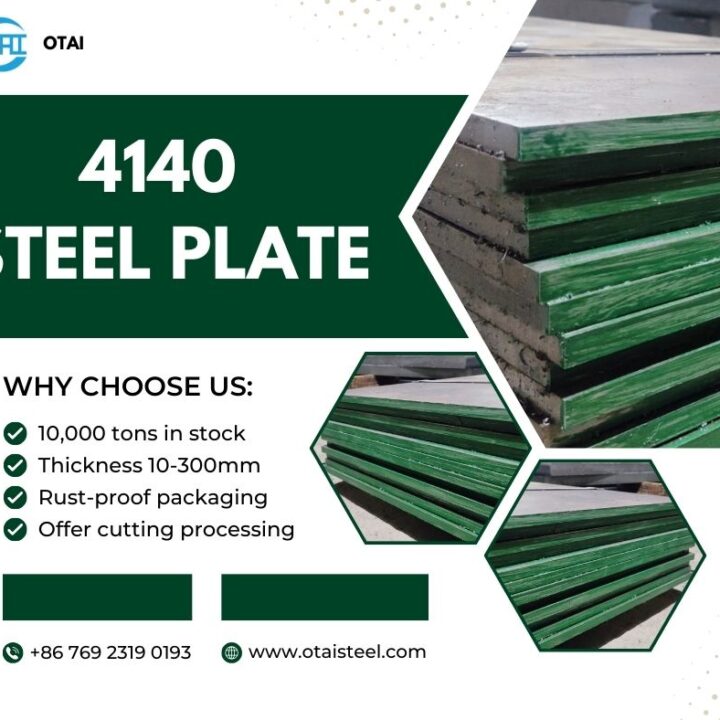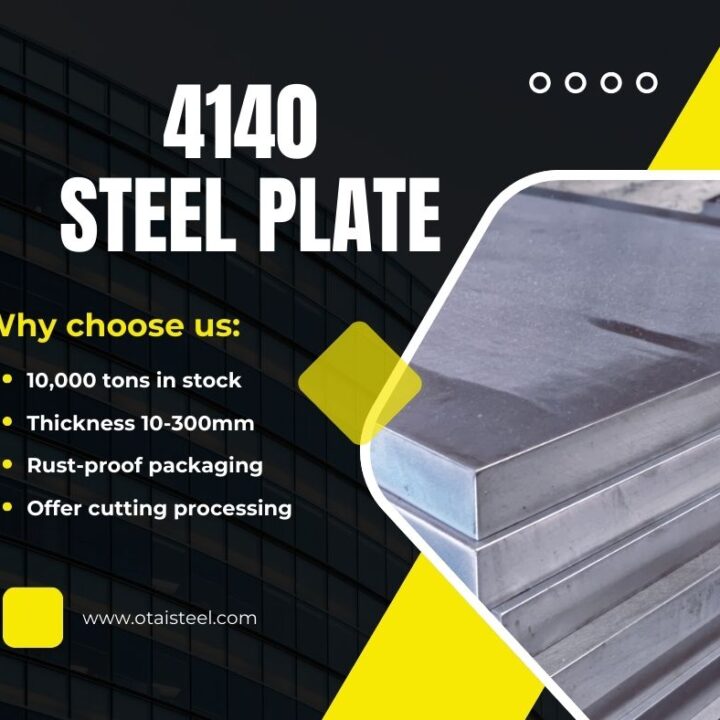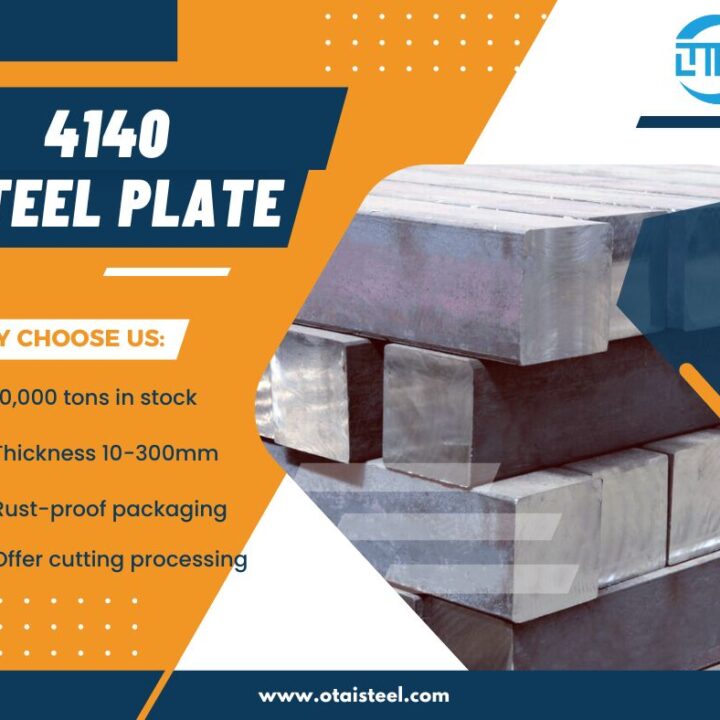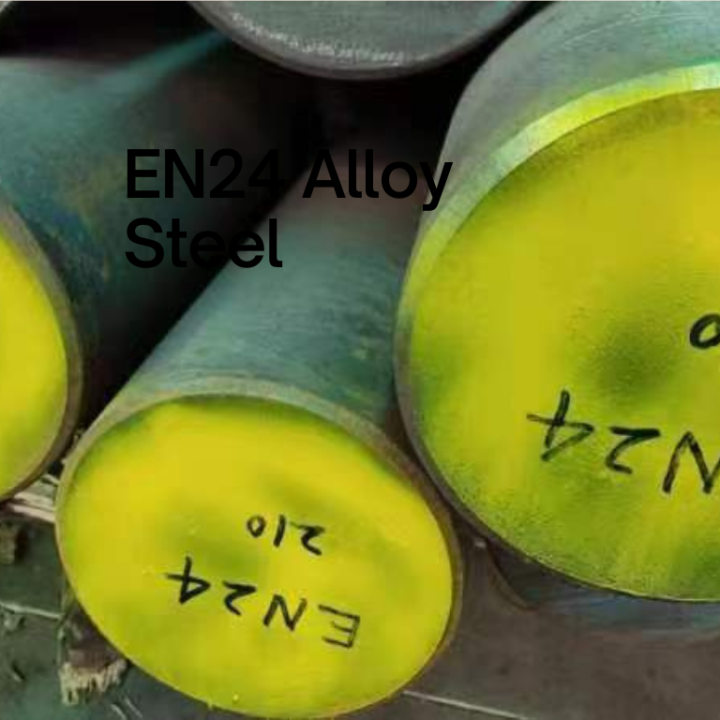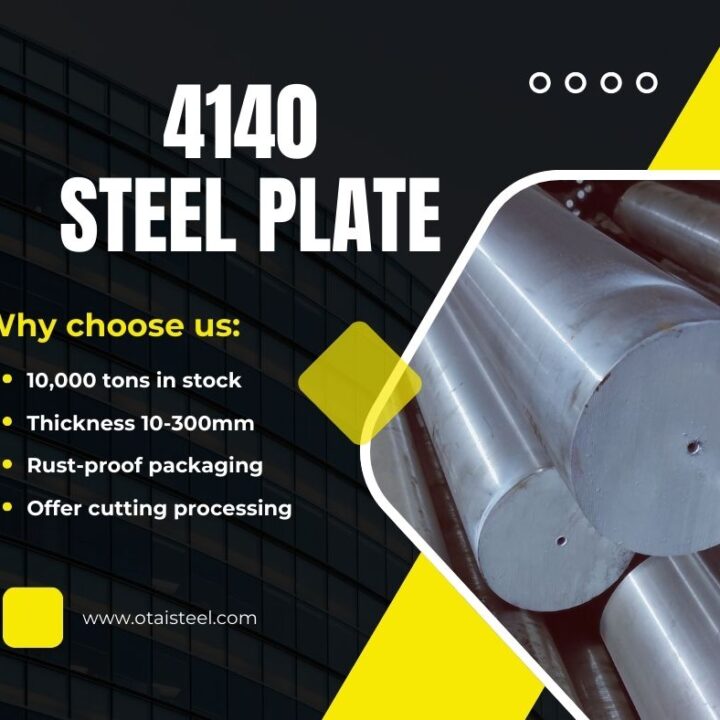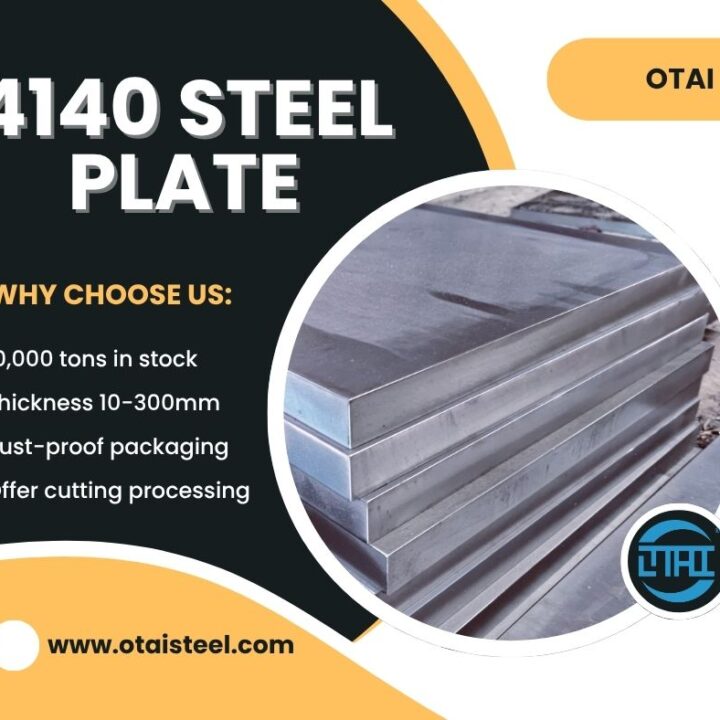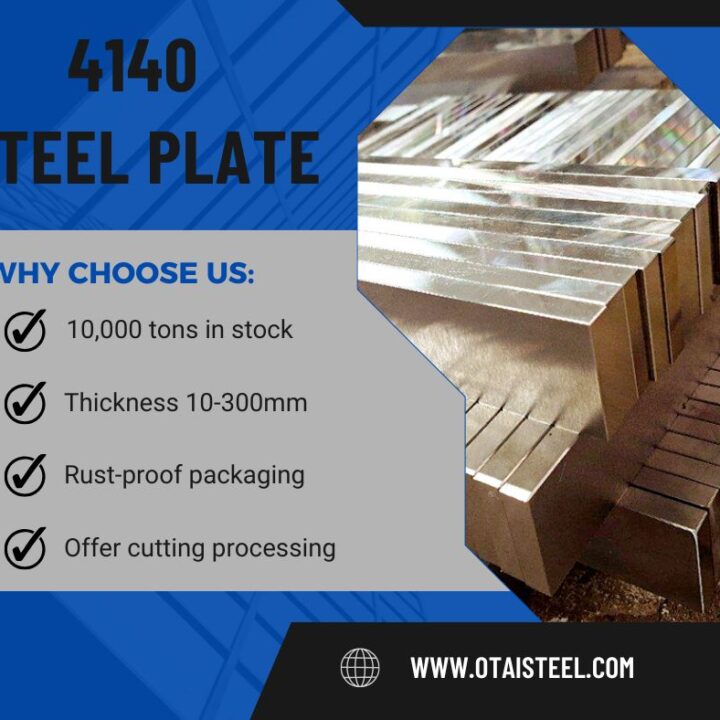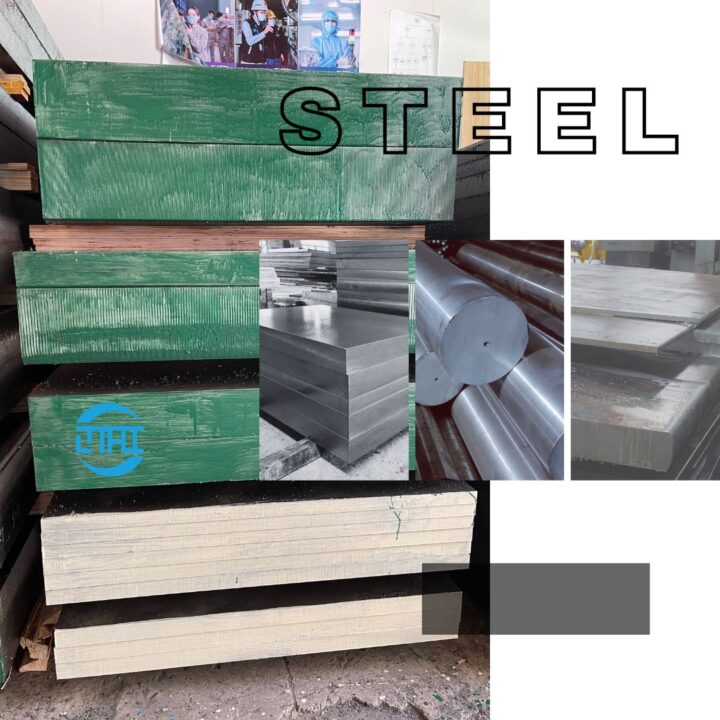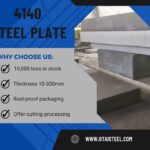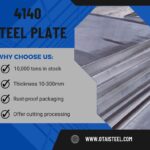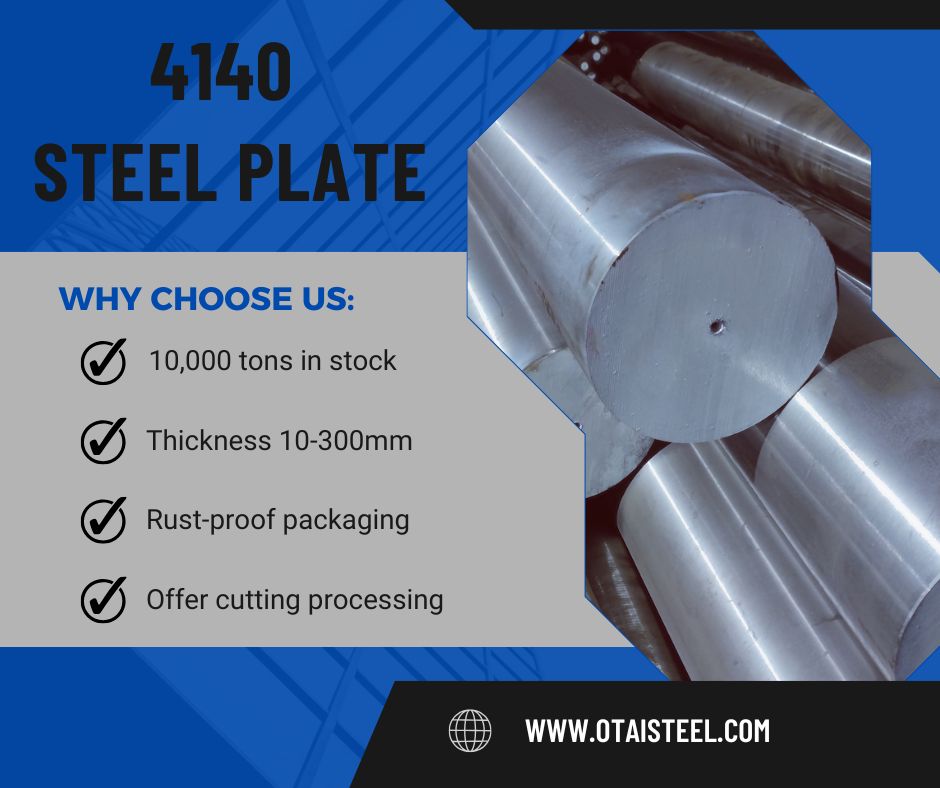 Types of 4140 Steel: Understanding Grades, Treatments, and Applications
Types of 4140 Steel: Understanding Grades, Treatments, and Applications
When it comes to high-performance alloy steels, 4140 steel stands out for its remarkable strength, toughness, and versatility. However, many buyers and engineers don’t realize that there are multiple types of 4140 steel, each designed to meet specific performance requirements in different industries. From pre-hardened grades to annealed and quenched & tempered varieties, understanding these variations is essential for selecting the right material for your project.
In this article, we’ll explore the main types of 4140 steel, their mechanical properties, heat treatment conditions, and best-use scenarios, so you can make a well-informed decision.
🌟 What is 4140 Steel?
4140 steel is a chromium-molybdenum alloy steel known for its balance of strength, wear resistance, and good machinability. It typically contains 0.38–0.43% carbon, 0.75–1.0% chromium, and 0.15–0.25% molybdenum, along with manganese and silicon for added strength and toughness. These elements make it a great choice for high-stress mechanical components such as shafts, gears, and fasteners.
🛠 Main Types of 4140 Steel
Although the chemical composition of 4140 steel is generally consistent, the types are defined by their heat treatment state and mechanical performance.
1️⃣ 4140 Annealed Steel
-
Description: In the annealed condition, 4140 steel is softened to improve machinability.
-
Hardness: Typically around 197–217 HB (Brinell hardness).
-
Applications: Ideal for machining into complex shapes before final heat treatment.
-
Advantages:
-
Easier to machine
-
Better dimensional stability during processing
-
Can be later hardened to higher strength levels
-
Example use: Large, intricate parts requiring extensive machining, such as mold bases and custom tooling.
2️⃣ 4140 Pre-Hardened Steel
-
Description: Supplied in a hardened but not fully heat-treated state, usually at 28–32 HRC.
-
Advantages:
-
Eliminates the need for post-machining heat treatment
-
Reduces production time
-
-
Applications: Components where moderate hardness is sufficient, such as machine frames and fixtures.
3️⃣ 4140 Quenched and Tempered (Q&T) Steel
-
Description: Heat treated through quenching and tempering to achieve a balance of hardness and toughness.
-
Hardness Range: 28–60 HRC depending on tempering temperature.
-
Strength: High tensile strength and fatigue resistance.
-
Applications: Heavy-duty components such as drill collars, drive shafts, and gears.
-
Note: This type is popular for oil and gas equipment due to its superior durability.
4️⃣ 4140 Normalized Steel
-
Description: Heated to above critical temperature and air-cooled to refine grain structure.
-
Advantages:
-
Improves toughness
-
Provides uniform mechanical properties
-
-
Applications: Forged products, agricultural machinery parts, and heavy-duty axles.
5️⃣ 4140 Nitrided Steel
-
Description: Subjected to nitriding treatment, forming a hard wear-resistant surface while maintaining a tough core.
-
Hardness (surface): 55–65 HRC
-
Applications: Components requiring both surface hardness and core strength, such as piston rods and hydraulic shafts.
📊 Comparison Table of 4140 Steel Types
| Type | Hardness (HRC/HB) | Machinability | Wear Resistance | Typical Applications |
|---|---|---|---|---|
| Annealed | 197–217 HB | High | Low | Mold bases, tooling |
| Pre-Hardened | 28–32 HRC | Moderate | Medium | Fixtures, frames |
| Quenched & Tempered | 28–60 HRC | Moderate | High | Gears, shafts |
| Normalized | ~200 HB | High | Medium | Axles, machinery |
| Nitrided | 55–65 HRC (surface) | Moderate | Very High | Piston rods, shafts |
⚙ How to Choose the Right Type of 4140 Steel
When deciding among the different types of 4140 steel, consider:
-
End-use application – Does it require extreme wear resistance, high fatigue strength, or easy machinability?
-
Production process – Will you machine before or after heat treatment?
-
Service environment – Exposure to impact, corrosion, or high temperatures may dictate the best condition.
-
Budget and lead time – Pre-hardened grades may reduce processing steps and save costs.
💡 Practical Tips for Working with 4140 Steel
-
For machining: Use sharp carbide tools and proper coolant to reduce work hardening.
-
For welding: Preheat to around 200–300°C and post-weld stress-relieve to avoid cracking.
-
For heat treatment: Control tempering temperatures to achieve desired mechanical properties.
-
For surface enhancement: Consider nitriding or induction hardening for improved wear resistance.
🏆 Company Advantages
At Otai Special Steel, we maintain a large inventory of all types of 4140 steel, including annealed, pre-hardened, quenched and tempered, and nitrided grades.
-
Extensive Stock: Thickness range from 6 mm to 300 mm, over 10,000 tons in stock.
-
Value-Added Services: Precision cutting, heat treatment, nitriding, and packaging.
-
Quality Control: Ultrasonic testing (UT), chemical analysis, and third-party inspection (SGS).
-
Global Supply Experience: Trusted by top companies such as Thyssenkrupp and Schlumberger.
❓ FAQ
Q1: Can I machine 4140 steel in the hardened state?
A1: Yes, but it requires high-quality carbide tooling and slower speeds.
Q2: Which type of 4140 steel is best for gears?
A2: Quenched and tempered 4140 is commonly used due to its high strength and wear resistance.
Q3: Is nitrided 4140 steel corrosion-resistant?
A3: Nitriding improves surface hardness and wear resistance, but for corrosion resistance, additional coatings or treatments are needed.
Q4: Can annealed 4140 steel be hardened later?
A4: Absolutely—annealed 4140 is often hardened after machining to achieve desired strength.
Q5: What’s the difference between normalized and annealed 4140?
A5: Normalizing improves grain structure and toughness, while annealing maximizes machinability.

